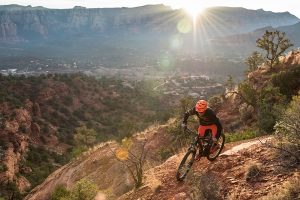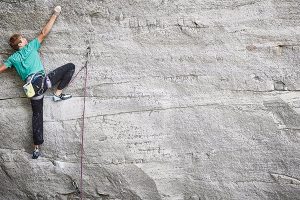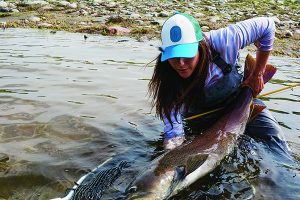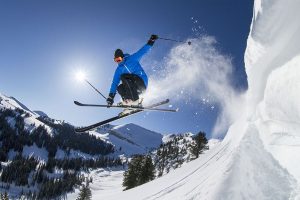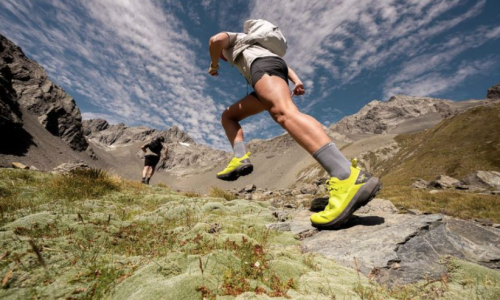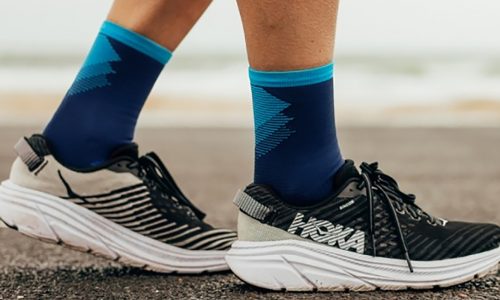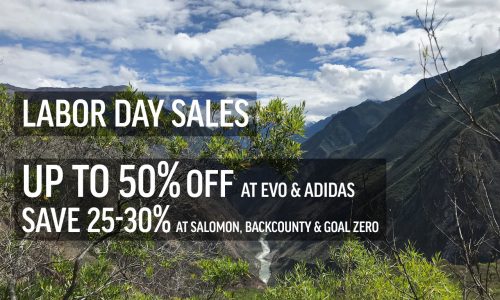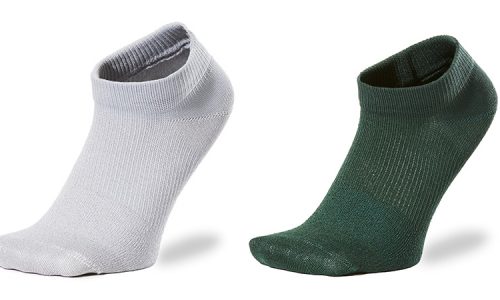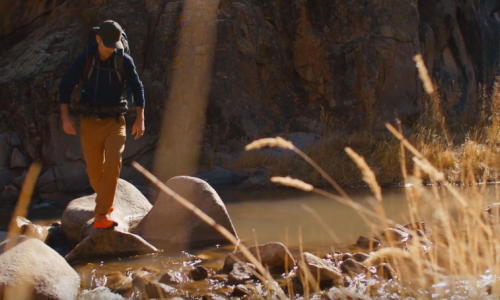Home » Gear Reviews » Running » Salomon XR Crossmax 2
Salomon XR Crossmax 2 Review
March 23, 2013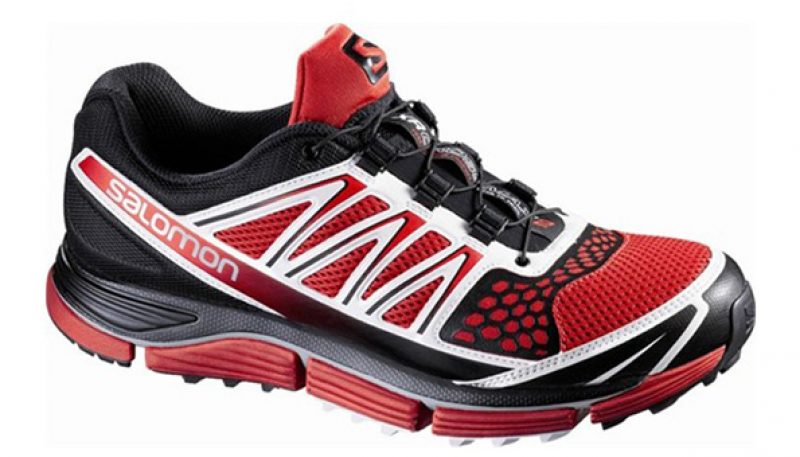

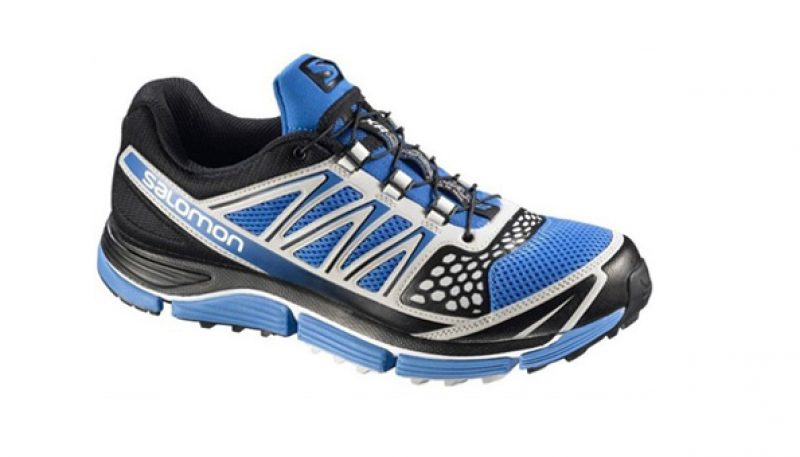



 75
75 The Good
- High-quality materials and construction
- Secure, locked down fit around the midfoot
- Foam feels firm and responsive—energy efficient
- Stoutly protective
- Improved outsole durability in this second generation model
The Bad
- Feels a bit heavy, thick, and cumbersome
- A bit insecure in the heel, so agility is reduced in off-kilter terrain
- A bit clunky still on pavement, wobbly in technical terrain
- Firm foam boosts efficiency may turn off comfort addicts
- Steep price
Like the first generation of this shoe, the Crossmax 2 is a comfortable ride, but one that’s too top-heavy and slow to feel at home except on smoother trails and on slower runners. It still seems best for heavier or slower runners logging high mileage on smooth trails, and there’s a distinct emphasis on stability and protection, not agility and speed. Salomon has fixed the outsole durability issue from the last version, and improved the ease of stowing the laces.
Little has changed with this second generation of the Crossmax, except the outsole no longer has the overly soft outsole rubber compound (which wore away almost immediately on the first gen version), and it’s a bit easer to stow the pull-tab laces on this version. Otherwise, it’s the same highly comfortable, slow, heavy, plodding trail shoe. As for the marketing claims that it runs on roads or trails—we think its more like 85 percent a smooth-trail runner, and 15 percent a pavement runner. More than a couple miles on pavement are less than exhilarating.
Speed & Agility
That firmness in the Crossmax’s midsole foam makes this shoe a bit more stable and reliable in technical terrain, though it’s too high and tippy to really motor over big rocks. The foam (19mm in the heel, 10 in the forefoot—though it oddly seems thicker than that) feels firm and responsive, so you don’t lose much energy with each foot strike. That should boost the speed, but the overall weight is too high for really quick turnover.
Security of Fit
There’s some nice security around the midfoot and forefoot—courtesy of a nice, snug wrap of overlays. But the heel feels a bit loose on off-kilter footplants, which saps confidence in tricky terrain.
Comfort
Salomon’s last is great—they’ll have a lot of happy customers with the fit. The tongue is nice and thick (though I did notice some pressure and redness on the top of my foot after the run) and the high-quality Ortholite sockliner is a real plus. The cushioning is thick but not pamperingly soft. Some other incredibly plush shoes have come out recently that put more of an emphasis on plushness (like New Balances 910v1), but the Crossmax 2 is still well above average in comfort.
Smoothness
There’s a lot of midsole on this shoe, and it’s rather protectively stiff and stable, so this isn’t going to be the smoothest shoe on flat trails. It feels a bit clunky on pavement—despite being designed as a road to trail shoe—but it strikes a nice balance of smoothness, stability, and protection on mellow trails.
Stability
No question, this shoe is built to support. The midsole feels really stable and supportive on impact. However, as mentioned above, it’s a bit tippy for really rocky surfaces. I think heavier and slower runners will appreciate the stout feeling underfoot. Lithe runners will probably feel a bit burdened.
Value
At $140, this shoe feels a bit overpriced. While it certainly uses top-quality materials, it’s not waterproof, and I don’t see a clear reason it should cost more than the average of $110 or $120 or so for top trail runners.
